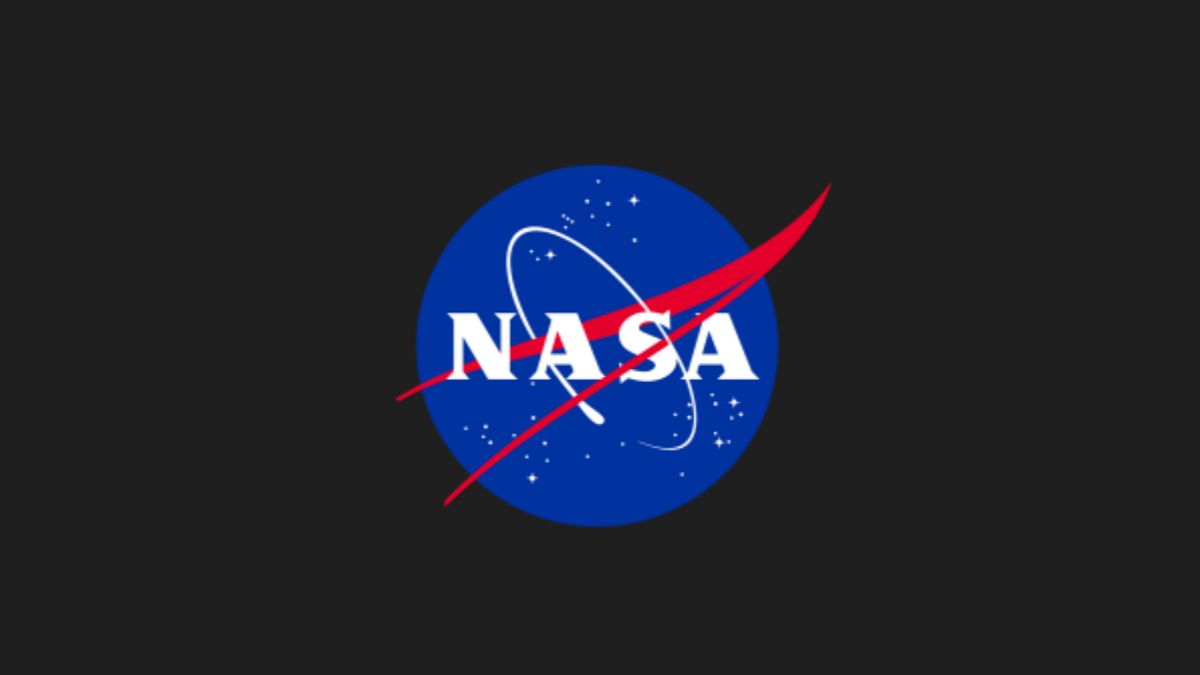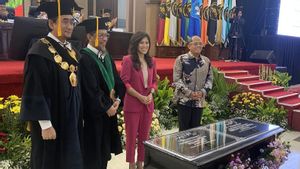JAKARTA Space weather sensors are one of the important technologies for the National Marine and Atmospheric Administration (NOAA). Therefore, NOAA will build the latest generation of weather sensors.
NASA, on behalf of NOAA, has submitted the Ion Suplatermal Sensor construction contract for the Lagrange 1 project to the Applied Physics Laboratory at Johns Hopkins University. This contract is part of NOAA's Next Space Weather Program.
The contract that NASA submitted was worth US$20.5 million (Rp325 billion), which includes the development of two Supritermal Ion Sensor instruments. In the contract, it is recorded that the development of this sensor will last until January 31, 2034.
NASA explained that this weather sensor will be developed at the Goddard Space Flight Center, one of NASA's facilities, located in Greenbelt, Maryland. Sensor development will also be carried out at the Kennedy Space Center, Florida.
In addition to listing the value and period of the development of space weather sensors, the contracts that NASA submitted cover the scope of its development. It is noted that Jonhs Hopkins University will focus on design manufacturing down to the device maintenance stage.
SEE ALSO:
"The scope of the contract includes design, analysis, development, fabrication, integration, testing, verification, and evaluation of the Supratermal Ion Sensor instrument, launch support, provision and maintenance of land support equipment, and support for mission operations after launch," NASA said in its latest report.
The leader in the international space sector emphasized that the work on this project is very important. The reason is, the Ion Suprathermal Sensor is needed to provide important data to the NOAA Space Weather Prediction Center.
This tool can issue forecasts and warnings that can reduce the impact of space weather. The Space Weather Prediction Center can also find out areas affected by power outages and disruptions to communication systems and navigation.
"The instrument will measure suprathermal ions and electrons in a wide energy range, and will provide real-time sustainable observations to ensure early warnings of various impacts of space weather," NASA said.
The English, Chinese, Japanese, Arabic, and French versions are automatically generated by the AI. So there may still be inaccuracies in translating, please always see Indonesian as our main language. (system supported by DigitalSiber.id)












